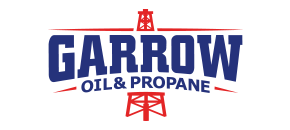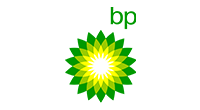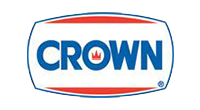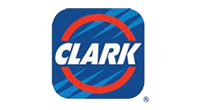Your Local Fueling Company, Keeping Families Warm & Businesses Thriving.
The Fuel and Propane Appleton, WI Businesses and Homeowners Count On
Lowest Prices Possible
24/7 Emergency Service
Cash Discounts
Wisconsin's Premier Fuel Supplier
Garrow Oil & Propane has been Wisconsin's go-to fuel supplier for over 50 years. We have earned an excellent reputation for being leaders in the diesel and marine fuel markets. Our specialty is propane and home heating fuels.
We want you to know that you can count on our team when you need the propane Appleton, WI residents and business owners go to! Even though our main office is in Appleton, we provide services to many communities throughout Wisconsin. Some of the counties we serve include Brown, Calumet, Fond Du Lac, Manitowoc, Menominee, Oconto, Outagamie, Shawano, Waushara, Waupaca, Kewaunee, Marinette, and Winnebago. Call us when you need a delivery of propane in Fond Du Lac, WI or any of the above-mentioned areas.
Please get in touch with us today for more information about our delivery and fuel-filling services. We offer free quotes to help you get started. Our friendly and knowledgeable team is here for all your home heating fuel needs.
Why Choose Garrow Oil & Propane?
Garrow Oil & Propane proudly offers customers safety-focused service and competitive prices. As a local, family, veteran, and woman-owned business since 1972, we take pride in providing our community with the best possible service. Our owner-operated approach means we can give personal attention to every customer. We take all necessary precautions when handling propane and home heating fuel to ensure your family and property remain safe. We offer delivery services for your convenience and are always available to answer any questions you may have. Our direct approach means you can count on us to provide the lowest prices possible and free quotes. Contact us today to learn more about our services and how we can help you keep your home warm and comfortable all year round.
Wisconsin Propane Gas Association Member
National Propane Gas Association Member
Safety Is Our Top Priority
Owner-Operated Business
In Business Since 1972
Delivery Services Available
Benefits of Our Premier Propane Service
As a part of our exceptional customer service, we are dedicated to serving all customers who come to our door. We have a wheelchair-accessible entrance and a gender-neutral restroom at our facility; we want to be welcoming to everyone. On top of that, the oil we provide is only the best quality and comes from reputable, recognizable brands like Crown, Clark, Citgo, and Amoco. When you need propane in Fond Du Lac, WI from a Wisconsin Propane Gas Association and National Propane Gas Association member, we're the business to go to.
How to Contact Us
When you're ready to place an order for the propane Appleton, WI residents use, you can visit our Place an Order page. We wanted to make it easy for you to get in touch with us when you need oil or propane. After you fill out and submit a form, one of our representatives will contact you to set up a delivery. If you've never ordered propane or oil for your home before, take a look at our Forms page, where we provide all the information you need!
If you're not ready to order, no worries. You can still call first to talk to a team member about what would be best for your home or wholesale operation. We also have a seamless business customer portal that we can set you up with during your first order. To get your home heated or your gas tanks filled, reach out to Garrow Oil & Propane today.
Here's what our satisfied customers are saying...
At Garrow Oil & Propane, we take pride in providing exceptional propane and home heating fuel to our customers. We would be grateful if you could share your thoughts about our fuel supply and tank filling with others. Your feedback helps us improve, and helps others make informed decisions. Please take a moment to leave a review of Garrow Oil & Propane and let others know what you think.
Learn More About Garrow Oil & Propane
Located at 504 W Edgewood Dr, Appleton, WI 54913. Garrow Oil & Propane specializes in propane and home heating fuel. Over 50 years of experience. Immediate phone quotes. Lowest prices possible. Safety is our top priority. Call today for a free quote.
Business Hours
- Mon - Fri
- -
- Sat - Sun
- Closed
Walk-Ins Welcome at the Appleton Location After-Hours Emergency Service Available











Share On: